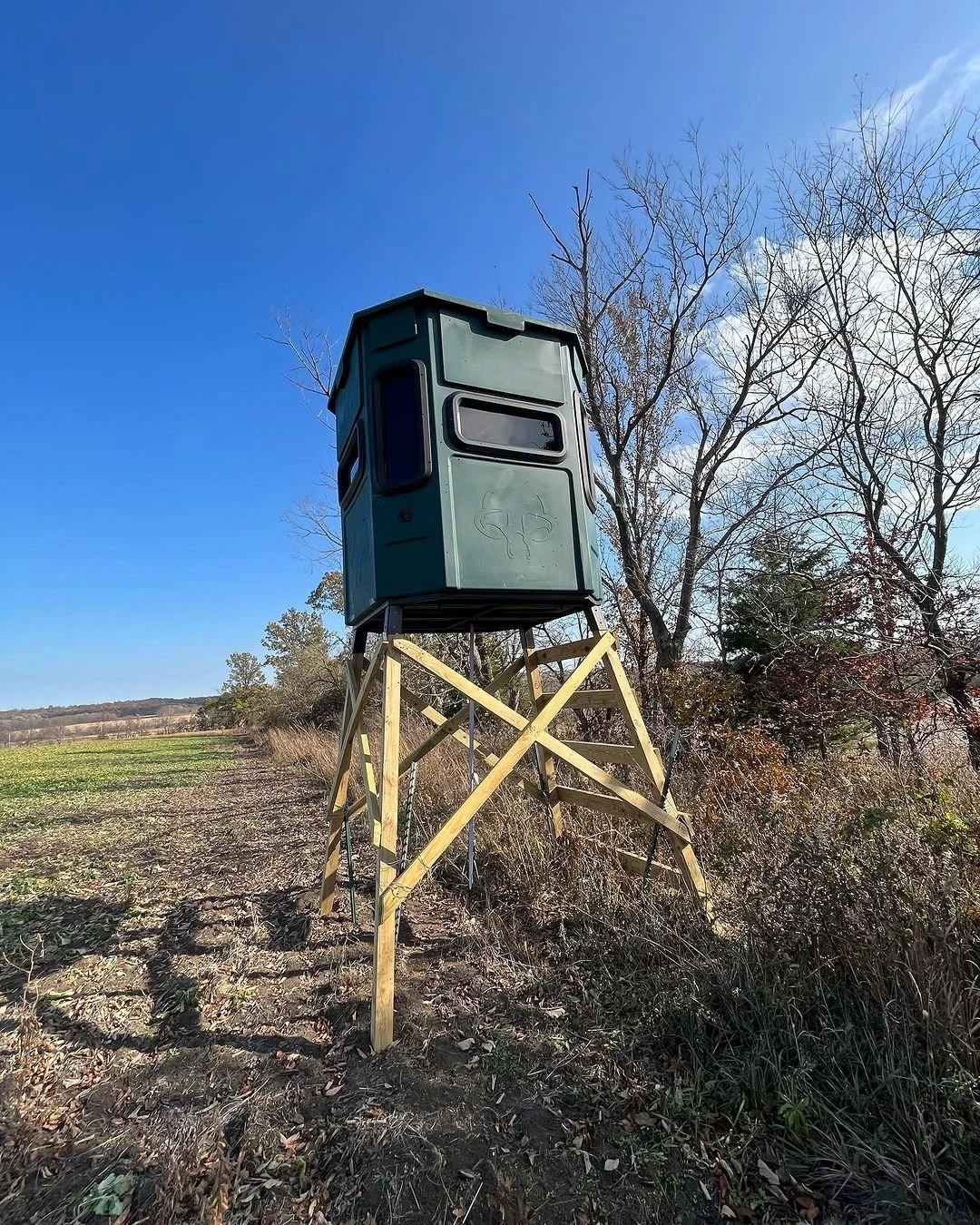4 Key Factors To Predicting Whitetail Movements
What’s the secret to killing mature bucks consistently? There are so many variables that can affect a hunter’s success, but here are four key factors to knowing how to predict whitetail movements based on natural activity. You can pretty much count on two things when talking about mature bucks: they move most at dawn, dusk, and during the rut. As Adam Hays explains in his Team200 article Predicting Daylight Activity for Giant Whitetails, the buck must live there (and) he has to be moving during daylight for you to kill him. There are 4 natural factors to focus on that make a mature deer move during daylight. Knowing what these are can help you score big whitetails this season.
@Team200
1. The Sun
It’s no secret that deer are Crepuscular creatures, moving mainly at dawn and dusk on the edge of darkness. It’s in their DNA. During this time is when deer instinctually want to move. Once you can follow their natural movement, you’ll have success. Even in the heat of summer, when the velvet-clad bachelor groups show up in the soybean fields, it occurs at this time of day. When sunset arrives on the horizon, this calls all deer to leave their daily haunts back in the timber and begin their nightly rituals.
2. The Wind
What exactly makes a mature buck feel safe? The wind. They don’t ignore their nose. A mature buck’s life is pretty simple, spending the majority of it either bedded or feeding; the rest of it going from point A to point B. The obvious thought that comes to mind first is that he has to feel safe enough to move in broad daylight, otherwise he will probably just lay there until dark. Give a bedded buck the wind to his advantage and you just increased your chances of him moving before dark significantly.
“My success with killing mature bucks consistently changed dramatically when I quit hunting the winds that were good for me and started hunting the winds that were good for the deer I was hunting!”
@Team200
3. The Weather
It’s hard to argue against the fact that weather has a more direct impact on deer movement than anything else. Whether its barometric pressure, rain, or a dreaded heatwave during the peak of the November rut, weather impacts when deer move. However, ideal weather at sunset does not guarantee that a mature buck will rise from his bed.
4. The Moon
The moon is a significant factor in hunting, almost as much as the weather. When the moon peaks directly overhead it exerts its maximum influence or gravitational pull on the earth and its inhabitants. There are only a handful of days every month when the natural pull of the moon coincides with the prime time when deer naturally want to move anyway. This “Red Moon” period often gives you the best opportunity of catching a mature deer on his feet during the daylight.
“I believe the secret to timing a buck’s travel pattern is having an intimate knowledge of the lunar cycle to which deer are inextricably linked to.”
@Team200
“After 36 years of bowhunting...I’ve learned one thing above all else: to have consistent success on the biggest bucks in your area, you must stack the deck in your favor by focusing on the key factors that make a giant whitetail move naturally. ”
To learn from real-life examples, watch these guys in action on Team200 TV. Best of luck chasing on your next hunting adventure. Follow us on social for awesome hunting content, @waypointtv.hunting and be sure to tag us in your photos! #FindYourWay













